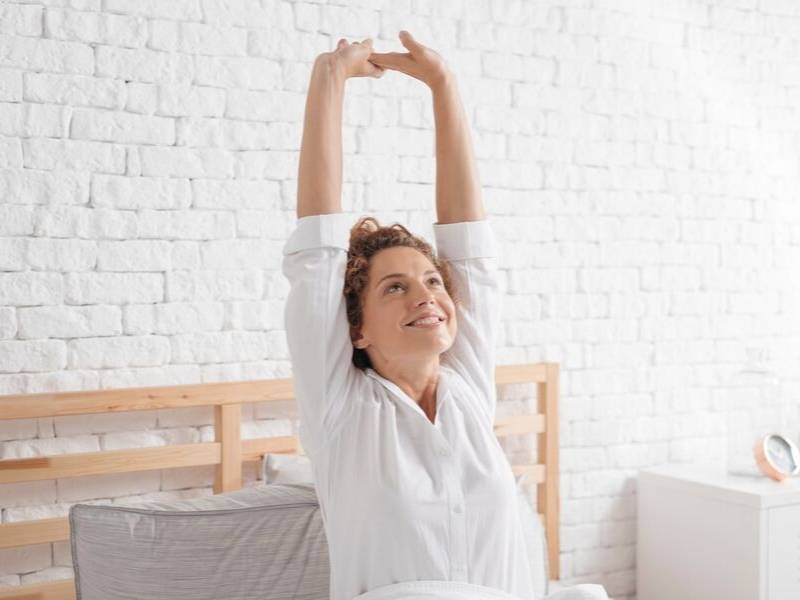Optimal Sleeping Postures

Optimal Sleeping Postures
Present day books, articles, and sites by and large propose that we should choose the ideal resting position dependent on less torment in a spine and different pieces of the body. Then, would it be advisable for us to think about the human body as a simply mechanical machine? Could a specific dozing position be impermanent useful for a spine, yet in the end lead to different medical issues because of some major variations from the norm made by this “perfect” dozing position? This is actually the circumstance with recumbent rest or dozing on one’s back.
Dozing on one’s back or recumbent rest, as per clinical examinations, partners with higher odds of asthma; asthma and hypersensitivities in wheezing kids; nighttime asthma;back torment in pregnancy; bruxism and gulping; bruxism;clenching scenes and gastroesophageal reflux; constant respiratory inadequacy; hack (nighttime) and hacking assaults; GERD (gastroesophageal reflux infection); soundness of geriatric inpatients; cardiovascular breakdown with focal rest apnea/Cheyne-Stokes (unpredictable) breath; sporadic or intermittent breathing; strength of pregnant ladies; rest apnea; rest loss of motion and alarming visualizations; wheezing; hypopneas and apneas; stroke with rest apnea; stroke in older patients; and pneumonic tuberculosis.
Notwithstanding, there were no distributed examinations that tried impacts of resting positions on malignant growth, coronary illness, diabetes, and numerous different conditions. Clinical experts are occupied with an interminable quest for better medications, while it is realized that seriously debilitated patients are destined to have intensifications of their medical issues during rest (from 4 to 7 am). Moreover, epidemiological exploration articles have discovered the most elevated death rates for these early morning hours. Would it be brilliant at that point to examine the impacts of rest way of life factors (breathing course, dozing position, air quality, hardness of the bed, thermoregulation, impacts recently dinners, impacts of activity with mouth versus nasal breathing and its span, and so on.)?

Should such research contemplates be directed, dozing on one’s back would be announced as a one of the main prompt reasons for mortality in the seriously debilitated. (The other key reason is mouth breathing during rest prompting dry mouth toward the beginning of the day.)
Doubtlessly, we are biochemical, not mechanical machines and dozing positions ought to be chosen by better wellbeing, anticipation and treatment of constant sicknesses and better prosperity in the first part of the day. Since ceaseless illnesses depend on incapable breathing and low body oxygenation, decision of ideal resting stances for present day individuals must be founded on better respiratory boundaries and least misfortunes in body oxygenation in examination with night esteems.
Subsequently, our next inquiry is what is the perfect or ideal breathing example for appropriate body oxygenation? In the event that we think about present day individuals, many investigations found that advanced individuals inhale around multiple times more air very still than the clinical standard. This standard is just around 6 liters of every moment, while conventional grown-ups inhale around 12 L/min. Can overbreathing improve oxygenation of cells and tissues? A huge number of clinical distributions have uncovered that hyperventilation makes us HYPOXIC. We get less O2 in cells because of 3 elements:
1. At the point when we inhale more, we begin to utilize chest muscles for breath. Thus, rather than ordinary 98% for oxygenation of red platelets in the blood vessel blood, we get less oxygen in the blood vessel blood.
2. Since we evacuate an excessive amount of CO2, veins and arterioles get tightened (CO2 is an amazing vasodilator) and every single imperative organ get less blood gracefully.
3. Less oxygen is discharged in tissues because of the smothered Bohr impact (CO2 is additionally the key factor for oxygen discharge in tissues).
Surely, not just clinical exploration has discovered every one of these impacts in vivo and in vitro, you can without much of a stretch affirm this reality on your family members and companions. Typical breathing is light, slow, quiet, and with carefully nasal relaxing. We take little and short diaphragmatic inward breaths and afterward have since quite a while ago loose and calm exhalations. This breathing example is likewise the key measures for good rest and best dozing positions.
To learn more, visit at https://www.veteranstodayarchives.com/2019/08/17/how-sleeping-on-your-side-is-good-for-your-heart/
